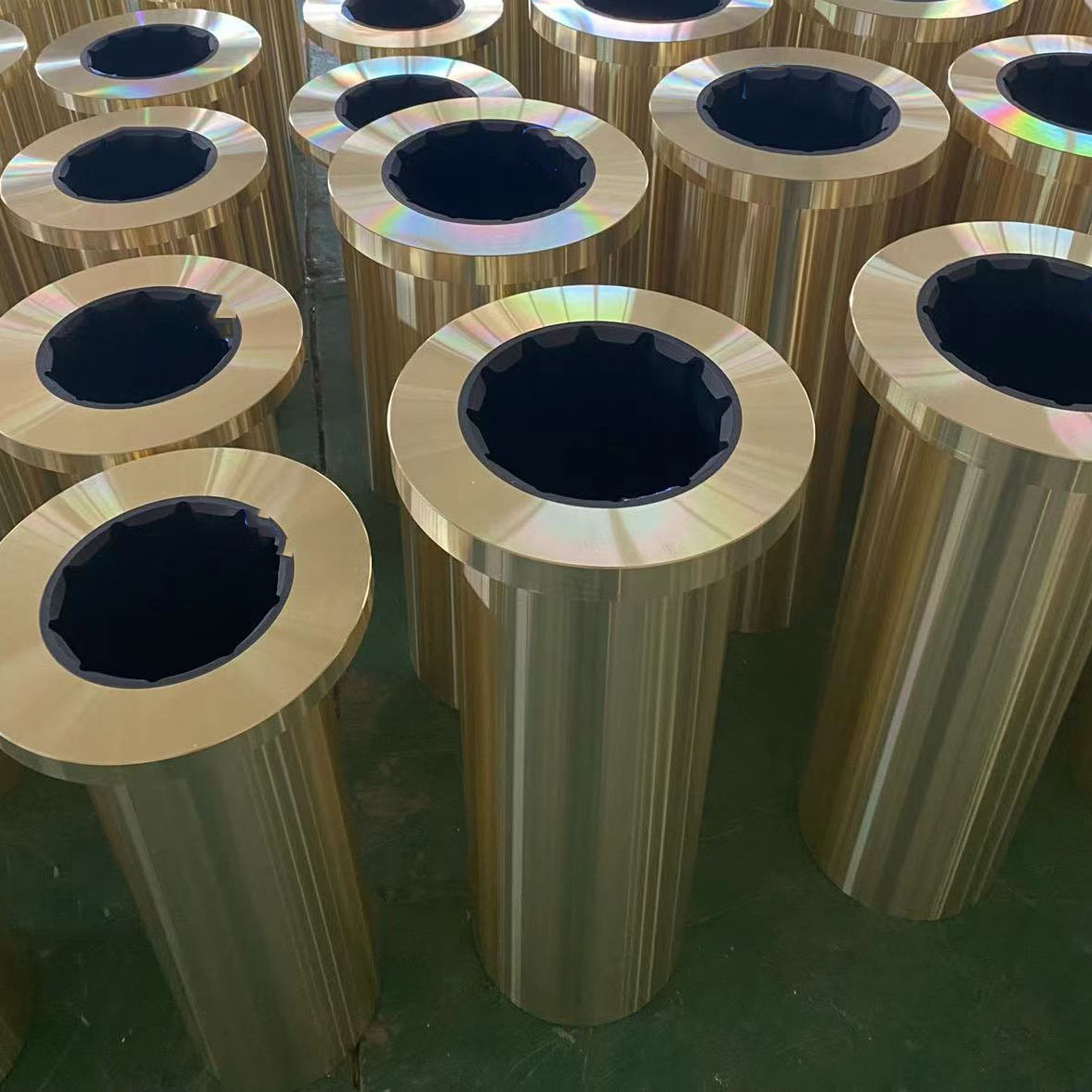Understanding Radial Oil Seals and Their Applications in Machinery and Equipment
Understanding Radial Oil Seals Function, Types, and Applications
Radial oil seals, often referred to simply as oil seals, are essential components in various machinery and equipment. Their primary function is to retain lubricants and prevent the ingress of dirt and contaminants into moving elements. This article seeks to delve into the intricacies of radial oil seals, exploring their design, types, materials, and applications across different industries.
What is a Radial Oil Seal?
A radial oil seal is a mechanical component that fits around a rotating shaft. It forms a tight seal between the shaft and the housing, preventing the leakage of oil or lubricants. These seals are designed to withstand the radial loads generated during operation while also providing excellent sealing against dynamic movement.
The design of a radial oil seal typically includes a rubber sealing lip that exerts pressure against the shaft, creating a barrier against fluid loss and external contaminates. The flexibility of the material allows the lip to maintain contact with the shaft even during vibrations and thermal expansion or contraction.
Types of Radial Oil Seals
Radial oil seals come in various types, each suited for specific applications and environments
1. Nitrile Rubber Seals (NBR) These are the most common type of oil seal used for hydraulic applications. They exhibit excellent resistance to petroleum-based oils, fuel, and water, making them ideal for automotive and industrial settings.
2. Fluorocarbon Seals (FKM) Known for their exceptional heat and chemical resistance, FKM seals are ideal for extreme environments. They are often used in high-temperature applications and in contact with aggressive chemicals.
3. Silicone Seals These seals provide good performance in both high and low-temperature environments. While not as effective as nitrile seals against petroleum oils, they can operate effectively in greases and silicone oils.
4. Polyacrylate Seals Best suited for applications with high temperatures and aggressive lubricants, polyacrylate seals offer good performance in automotive and industrial machinery.
5. Metal-Cased Seals These seals combine a rubber lip and a metal casing to enhance durability and resistance against harsh environments. They are commonly used in applications requiring high loading capacities.
Key Features of Radial Oil Seals
Radial oil seals are designed with several critical features that enhance their performance
radial oil seals

- Dynamic Stability The sealing lip is engineered to maintain contact with the shaft under various operating conditions. This dynamic stability helps in minimizing the wear on both the seal and the shaft.
- Low Friction Many modern oil seals are designed to reduce friction, which helps in extending the life of the seal and improving the overall efficiency of the machine.
- Resistance to Aging Quality radial oil seals are made from materials that resist the degradation caused by heat, oil, and environmental factors, such as ozone. This resistance improves the longevity of the sealing component.
- Customizability Manufacturers can customize radial oil seals to specific dimensions to suit different shaft sizes and application requirements.
Applications of Radial Oil Seals
Radial oil seals find applications in many sectors, including
- Automotive Industry Used in engines, transmissions, and wheel hubs to prevent oil leakage and ensure the smooth operation of components.
- Industrial Machinery Essential in hydraulic systems, gearboxes, and pumps to maintain lubrication and protect against contaminants.
- Aerospace Employed in aircraft engines and landing gear systems, where reliability in extreme conditions is critical.
- Agricultural Machinery Used in tractors and other equipment to sustain performance and durability in rough conditions.
- Marine Applications Protecting critical components in boats and ships from saltwater and oil exposure.
Conclusion
Radial oil seals play a pivotal role in maintaining the efficiency and longevity of various mechanical systems. Understanding their type, function, and application is essential for engineers and technicians involved in equipment design and maintenance. As technology progresses, advancements in seal materials and designs are likely to enhance performance further, ensuring that these small but critical components continue to support the machinery of the future effectively.
-
Simplifying Oil Changes: A Comprehensive Guide to Oil Drain Plugs and Their Variants
News Aug.04,2025
-
Mastering Oil Drain Maintenance: Solutions for Stripped, Worn, and Upgraded Oil Plugs
News Aug.04,2025
-
Fixing Oil Pan Plug Issues: Leaks, Stripped Nuts, and the Right Replacement Solutions
News Aug.04,2025
-
Everything You Need to Know About Oil Drain Plugs: Sizes, Fixes, and Upgrades
News Aug.04,2025
-
Choosing the Right Oil Drain Plug: A Guide to Sizes, Materials, and Drain Innovations
News Aug.04,2025
-
A Complete Guide to Automotive Drain Plugs: Types, Problems, and Innovative Solutions
News Aug.04,2025
-
The Ultimate Guide to Car Repair Kits: Tools and Essentials Every Driver Should Own
News Aug.01,2025
Products categories















